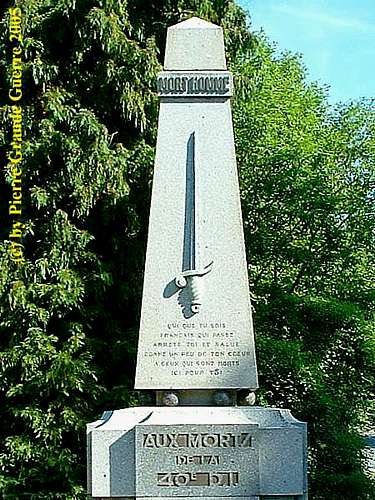ARGONNE - Mort Homme - Côte 304
Year of visit: 2005
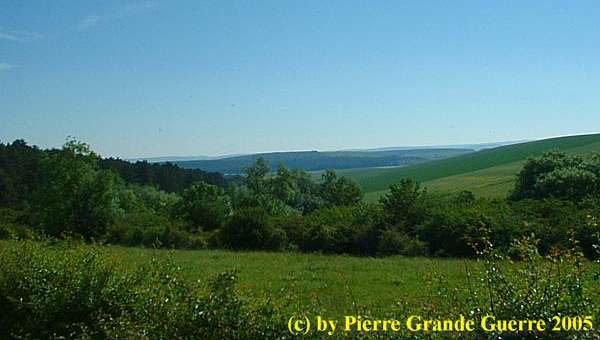
Argonne, northeast of Verdun, along the D 38, we visit two hills close to each other: the Mort Homme and the Côte 304. Together these hills on the west bank of the river Meuse formed from 6 March 1916 the centre point of the 1916 Battle of Verdun on the west bank.
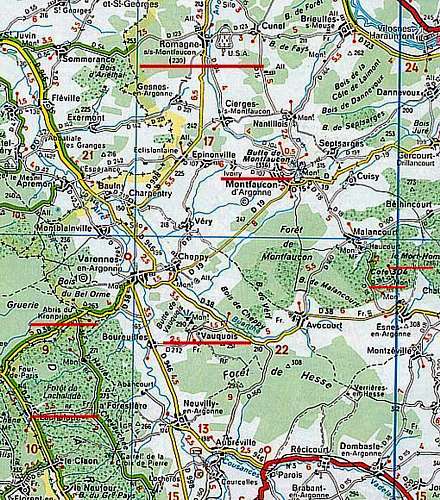
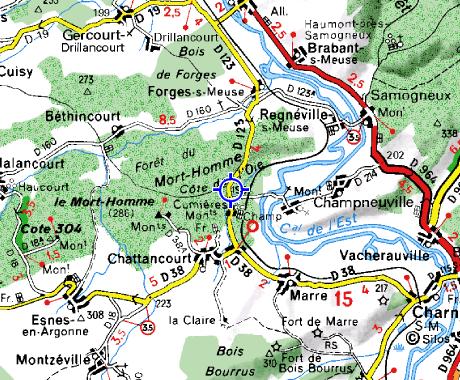
From Sivry-sur Meuse, on the east bank of the Meuse, and south of Samogneux; a view westward over the Meuse valley to the Mort Homme (286m.).
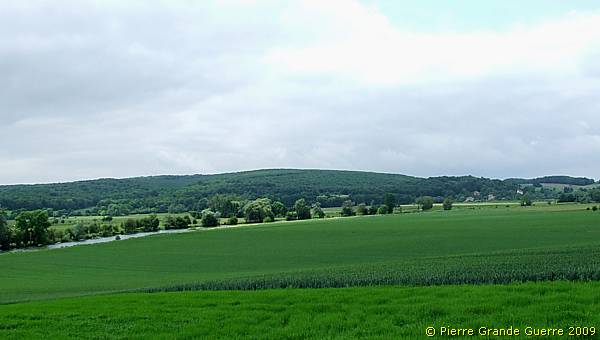
The Mort Homme seen from Montfaucon d' Argonne, a view southward.

We start at the top of the Mort Homme, where we find two monuments. The memorial for the fallen soldiers of the French 40e Division d' Infanterie, or 40th Infantry Division.
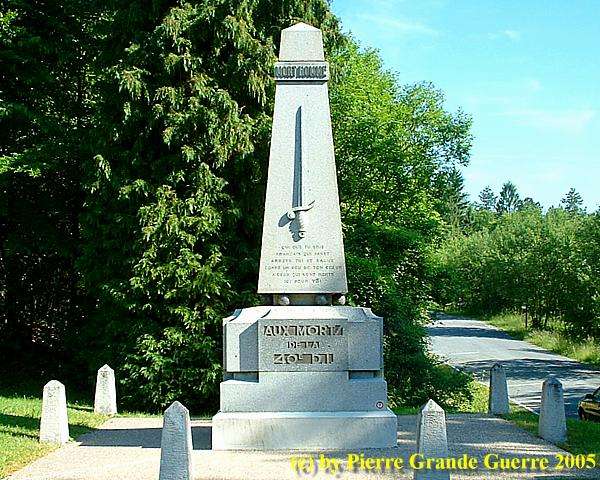
The 1916 Battles for the Mort Homme and the Côte 304
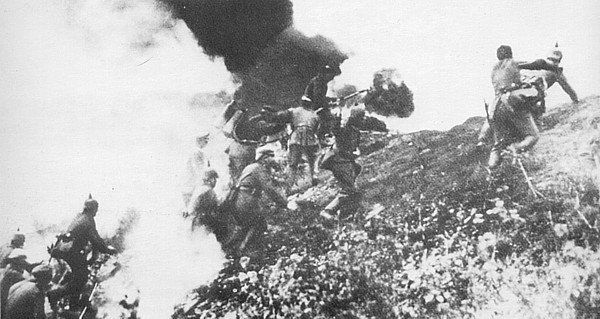
As part of the “Operation Maiköpfchen”, the Germans attacked on 6 March 1916 two hills on the left bank of the Meuse River, northwest of Verdun; the Mort Homme, or the Dead Man, and Hill 304, baptised after its altimeters. A complete battle for these hills is created within the Battle of Verdun , which initially lasts until 15 March, but which flares up again in early April.
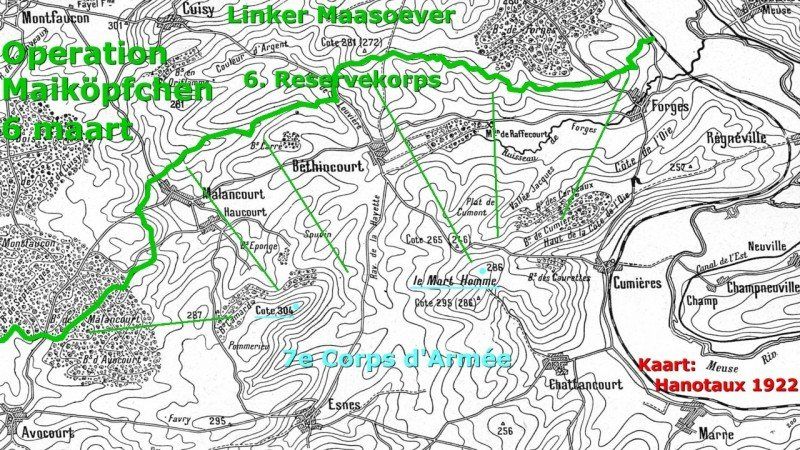
With great difficulty, the French managed to drive the Germans back to the northwestern slope of the Mort Homme in early April. It is on this occasion that on 10 April General Pétain encourages his troops in a handwritten order with the words: “ Courage. On les aura! " Or "Keep courage! We will get them!”
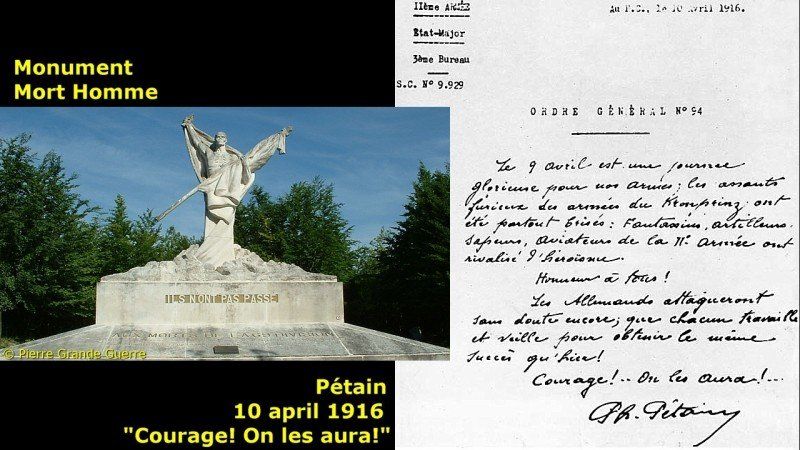
By the end of April the French repossessed the summit of Mort Homme. During the month of April, the number of French troops grew from originally 150,000 men in February to 520,000 men at the end of April. Despite the advantage of the Noria the defending troops have great difficulty maintaining their positions against the numerous German attacks along the entire front of Verdun.
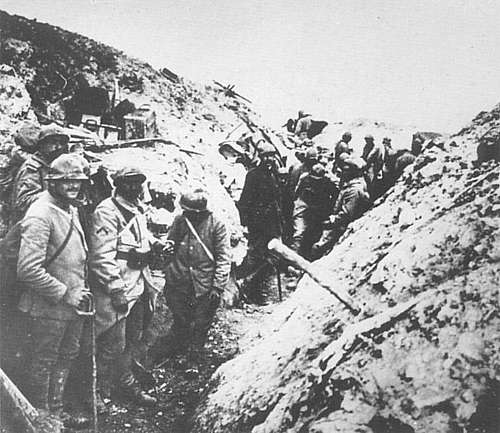
But the Germans started digging three long and wide tunnels in April for the supply of soldiers, who help them take the hills again at the end of May. In the north the Ortlieb tunnel, in the middle the Kaiser tunneland in the south, the closest to the front line, the Verbindungs or Bataillon tunnel. O.a. via the three tunnels, the Germans attacked again on 22 May the Morthomme and Hill 304. On May 30 1916 they captured the hills.
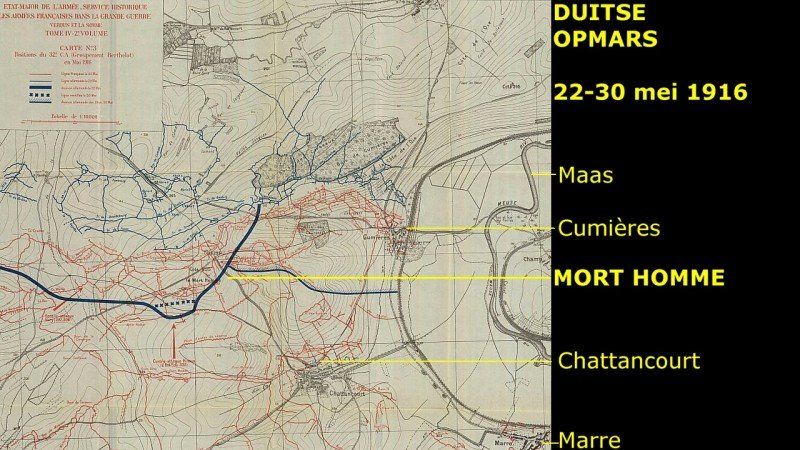
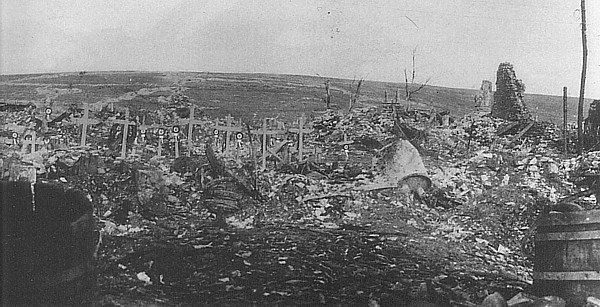
Let us have a better look at the second memorial on the Mort Homme; the monument dedicated to the French 69th Division.
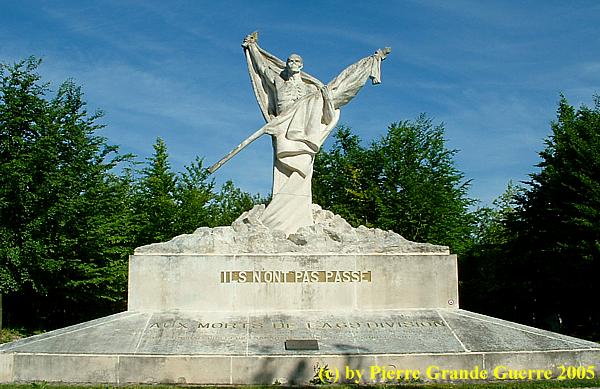

From the Mort Homme we continue via the D 38 westward to the Côte 304 , Hill 304.

A view from a western slope of the Mort Homme to Hill 304.
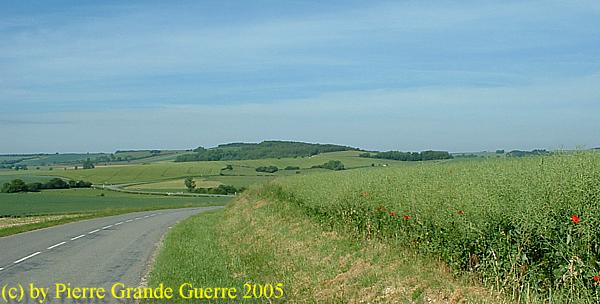
The May Battle for Côte 304
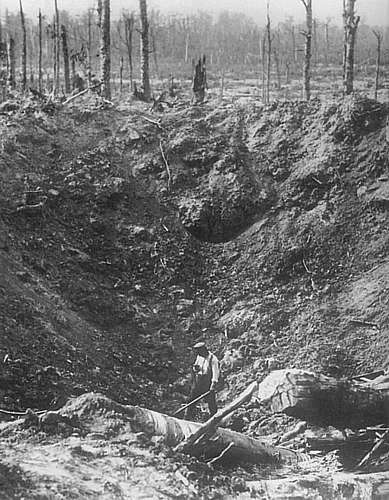
On the third of May German artillery guns launched a bombardment for 36 hours on Côte 304. On 6 May the German infantry went “over the top”. It took the Germans still 3 days to capture the summit of Côte 304.They did not manage to occupy the very summit until 29 June 1917. On 24 August the French retook the hill.
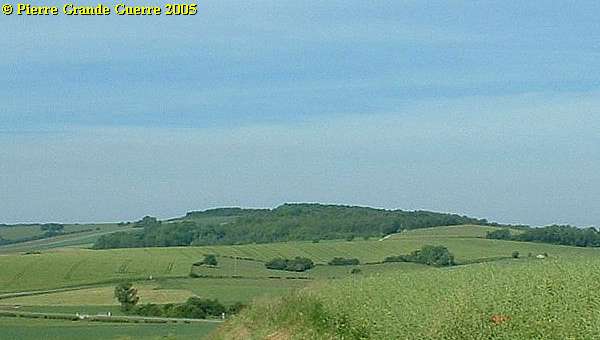
We visit the Côte 304 Memorial dedicated to the 10,000 French soldiers fallen on this hill.
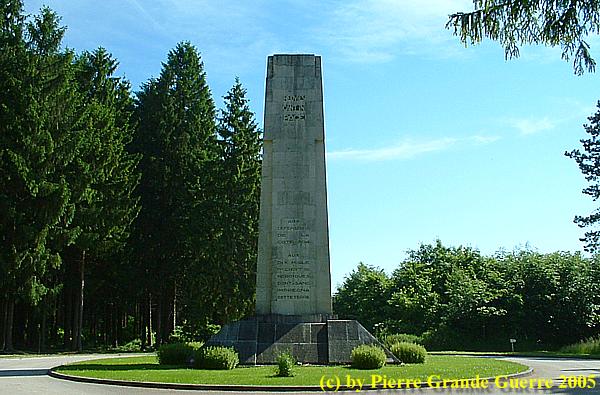
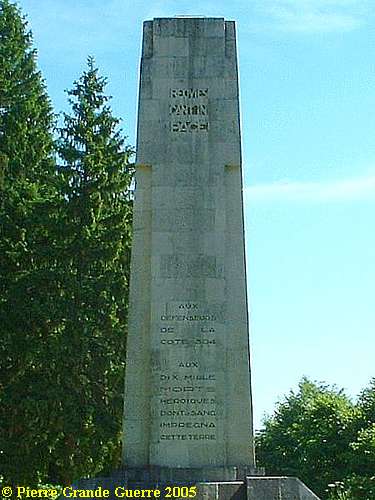
Around the memorial: traces of shell impacts, creating a surface with a "golfball pattern".
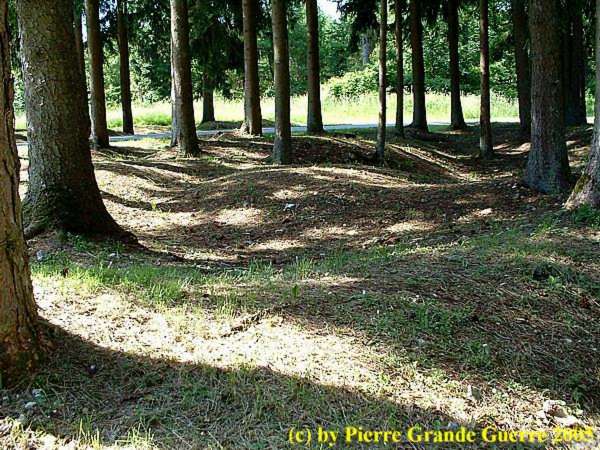
Some rusted objects of the period.
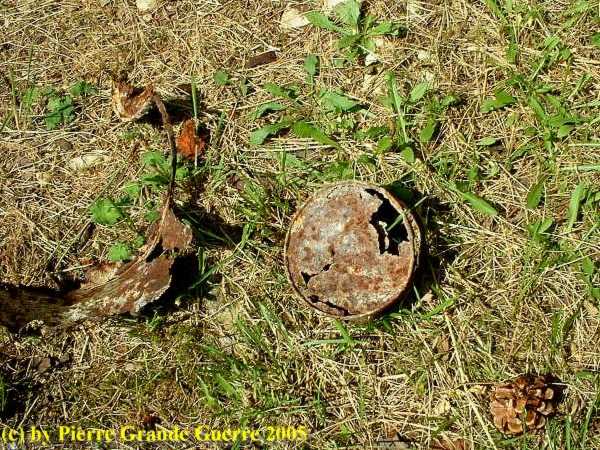
We find a private memorial for a fallen Zouave-officer, Second Lieutenant George Fabre of the 3rd Mixed Regiment of Zouaves Riflemen, awarded with the Légion of Honour and the Croix de Guerre, fallen near this spot on 18 May 1916.
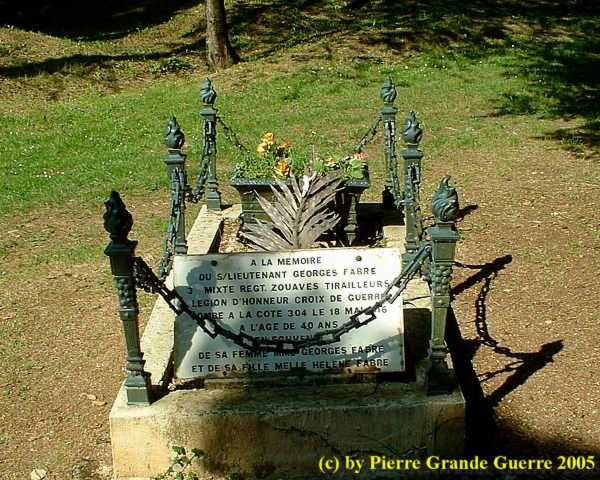
Continue to the next Argonne photo impression: " Montfaucon - Romagne-sous-Montfaucon "








